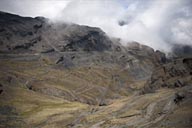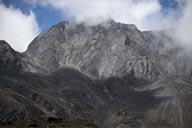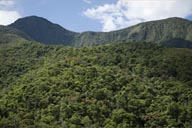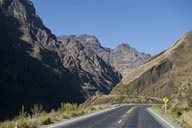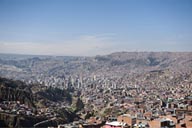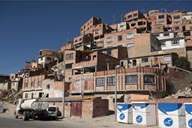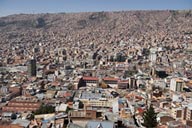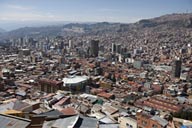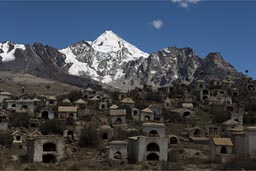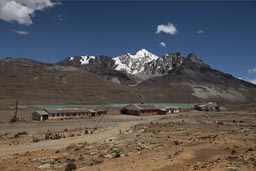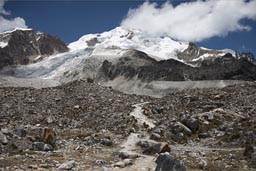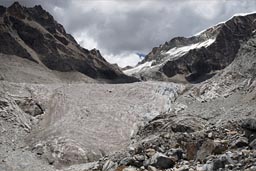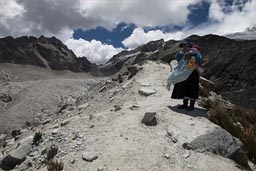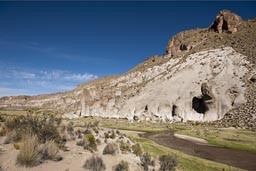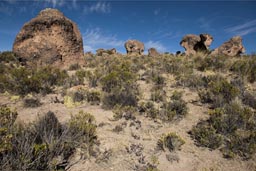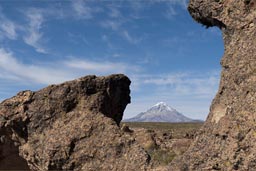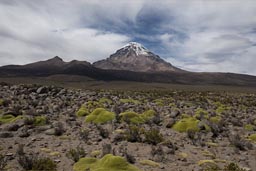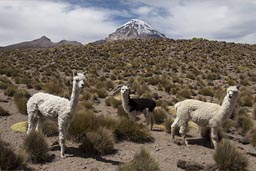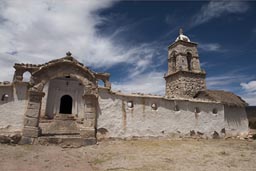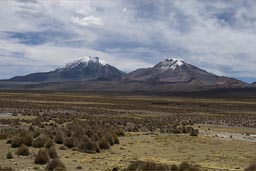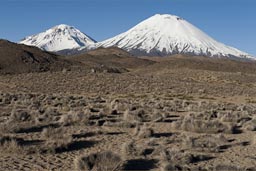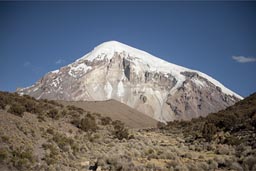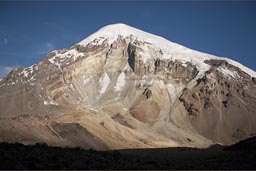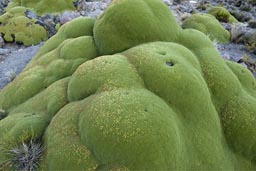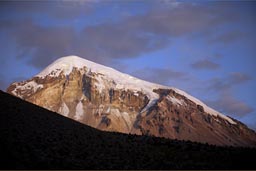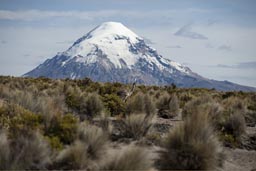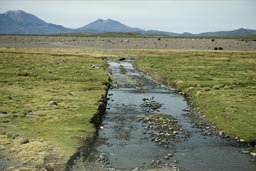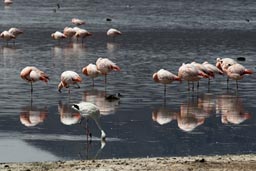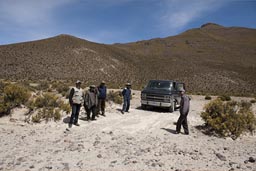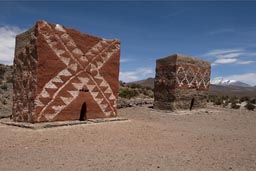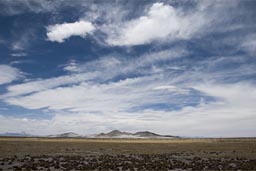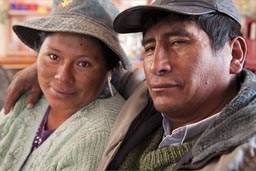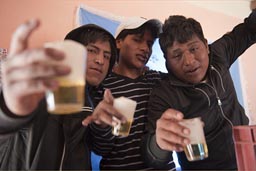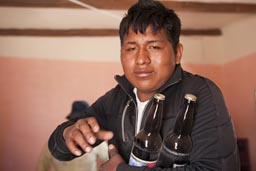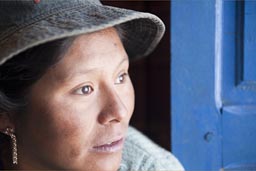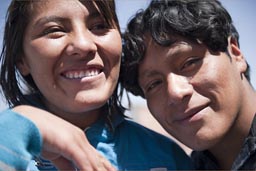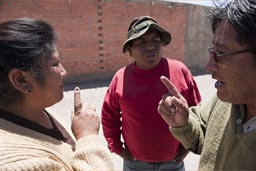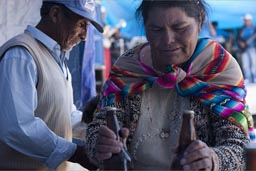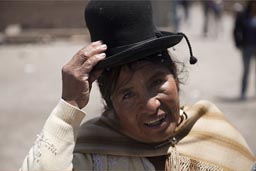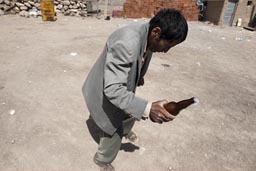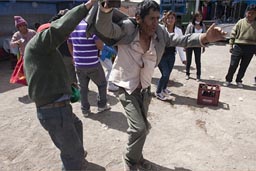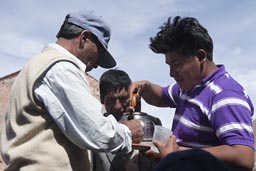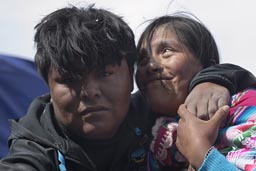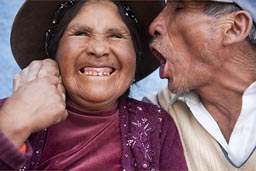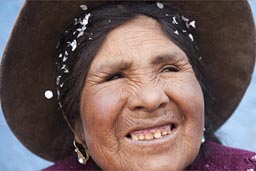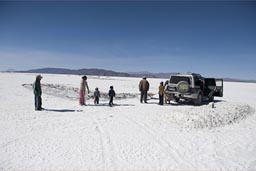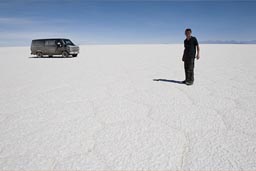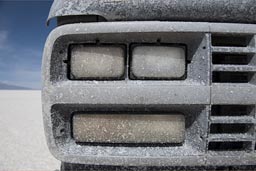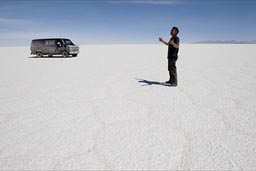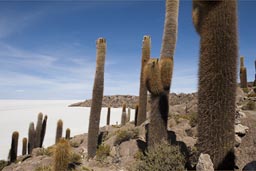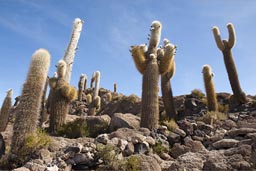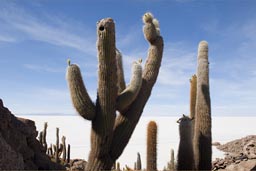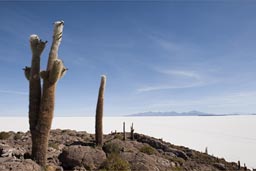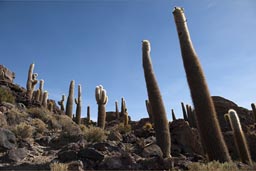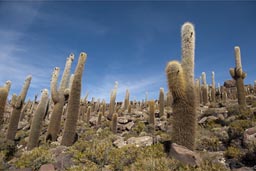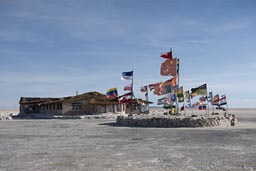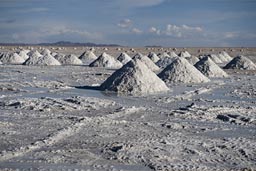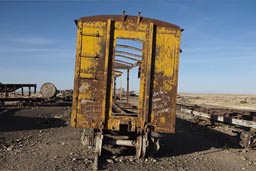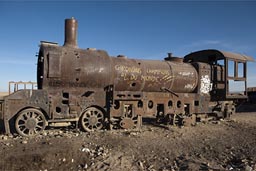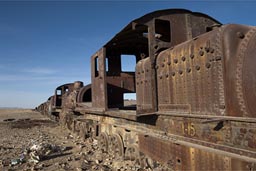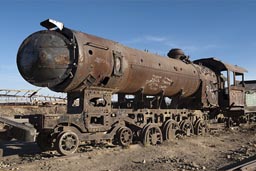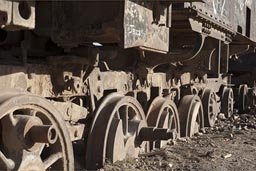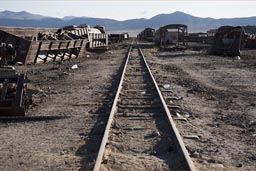www.thisfabtrek.com > journey > south-america > bolivia > 20121128-sajama
The (Yungas) most dangerous road in the world is no-more.
Download GPS (KML) track/waypoints.
Oh, yes, as countries develop, ... the bad roads go. But from La Paz I've got to do it, and search the 'dangerous' Yungas death-road, 'cause I am so near, this once was labeled 'the most dangerous road in the world'. Just the real thing doesn't exist anymore, a new road makes the descent to the jungle and Coroico easy. The old road in the meantime has degenerated into a mountain bike downhill for adrenalin seeking junkies/tourists, the type that must do just what ever is on offer. 70kms of mountain biking, down 3,000m in elevation, I am sure this is a nice ride, but, you want to be, yes, a real mountain biker. And don't forget the fog and the cliffs, and imagine the crazy overlander that steers up his old Land Rover while a crazy backpackers herd races down.
So I head out to El Cumbre on a Monday, so near from La Paz climb high to 4,700m above sea level and decide I would neither go down, nor up the old and supposedly still 'dangerous' route. After almost 300,000kms on the FabTrek I am asking myself, what can really be so damn dangerous? Here I am too glad that there is a decent road, as too many bad roads littered my path and certainly will as the journey continues (actually about to become so true so soon in Bolivia, see next story). Especially, this road doesn't lead anywhere, where you would otherwise not reach, it does make even less sense to travel it.
Down to the Yungas forest is the completely (eastern) wrong direction for me, as I am generally headed south and west, but I give it a shot and descend to Coroico. Yungas means warm valley in Quechua, and it feels nice, but Coroico then proves a tourist trap, well yes to accommodate the 'bicycle riders' with pizza and German Kuchen, as the planet writes.
I have come to see, and the jungle isn't my direction, I am on a mission to elsewhere, I long for Patagonia, the jungle is for another day. So early next morning I back up in the fog, and it finally clears above 4,000m, opening the amazing scenery, and I can see those preparing to go down the camino de los muertos, some are clearly not fit; and the statistics still record the dead these days, many are young and green.
Huayna Potosí to Volcan Sajama.
After grazing almost mid day La Paz on the outskirts I detour once more, to Huayna Potosí, again so near from the capital. There are lagunas, an old cemetery that falls into ruins, a defunct mining town, but above all the glacier, 6,088m a mountain high. It is a beautiful day and I take my camera and water and start walking from 4,700m up to 5,000m, where the more serious rocks start. Then I go back and have a beer and a chat with Aymara Elvira, who runs the little refugio, Paso Zonga. When she was a girl the glacier were down here, she tells me, and in February all is snow and cold here, and she sends greetings to the world.
Again I am driven away, I am on a mission but also thirsty to see another big mountain, snow capped Volcano Sajame, near the Chilean border, near the volcanoes Pomerape and Parinacota, that I visited with my boys from the other, Chilean side. 3 months ago we stopped there short and returned to Arica and the coast, because of Daniel and David's altitude sickness, that all of a sudden came over the little boys.
Revisiting a place is important; it is the reconnecting to the old trail, the spinning of the spider-web of knots and loops, that holds the energy, and the memories. This is what I came to belief in more than 8 years of touring.
In El Alto, on top of La Paz, I escape the late afternoon traffic jam swiftly, the police bugs me at a stop for not having a fire extinguisher, but I escape the bribing with year old proven tactics; 'let me go and we remain friends'. There I head into the setting sun, straight west towards the Chilean border, over the wide altiplano, and the yellow bright in my eyes makes me so happy, and later even a full moon rises behind me while I still drive.
Night is bitter cold, but the morning sees the volcanoes, all 3 of them and they offer quite a spectacle till haze engulfs, so I chill out in Sajame pueblo, where no food can be had and wait a windy wait. By late afternoon at 5, the unthinkable has happened, the strong winds have blown away the clouds, suddenly Nevado Sajame is all clear and lures and I drive up to 4,400m, then walk till 4,700m, and sun sets and sheds its light on the glacier/volcano that is Bolivia's highest with 6,542m and I am so damn close and it is so quiet.
Back in the village I return well after dark and my brain is still busy processing the images from up there, and there is still virtually no food to be had, just salchi-papas, fried slices of sausage and fries, there is no soup in the whole town; food is a bit of a problem in Bolivia, but my brain has convinced the body that this doesn't matter.
From Volcano Sajama over altiplano desert to Coipasa pueblo.
The morning after the world and volcano Sajama are soaked once more in haze and I drive south over the altiplano, but there is no fuel to be had near the border with Chile, fearless I head on into the desert and bite the dust on bad roads, eat my dry old bread and drink Nescafe. I round lakes with flamingos, see the llamas, guanacos and alpacas, some ostriches and desert partridges, and the altiplano, apart from impressive volcanoes around, holds other surprises, like funeral crematories from Inca times. The road necessitates to wade rivers, the Chevy odes well, later I plant the van in deep sand and free it by lowering the tire pressure. In general I find my way, alone and happy, and deal with the situations that arise, I confidently can say I am right on the fab trek!
Past Sabaya, where I get on the last drop and refuel/reflate and buy beer for the dust, I head towards the Salare de Coipasa and the first experience driving on slushy salt water is a freighting one, you don't want to bog down here, or worse.
In Coipasa, a very small village on an island, I clean out the van from heaps of sand and dust, then past night fall head to where the music plays and an old man takes me at the hand and leads me inside a house. A band plays and Aymara indigenas of all age and gender dance around hundreds of empty and half full cases of beer, and the floor is littered with beer and glass. I am offered a glass of Huari beer every two minutes, and customs have it that you pour some on the ground; for the Gods. It is the women, in traditional dress and hat that do most of the serving and pouring and refilling and handing out of the plastic cups of beers. I am being taken care off, embraced and kissed, by the old, man and women and one drunken old can't abstain from kissing me on the mouth. As the evening proceeds and I dance and one old women almost breaks my back by making me turn round and round, and I cannot believe after the exiting past days, where I have landed again, and I speak Spanish completely fluent, 'quando tomo ablo'. Also somebody constantly plucks at my beard, 'la cabra' I respond, indigenous men don't grow beards, and what grows is cleanly shaved, my goaty is a matter of ridicule.
Aymara Fiesta in Coipasa.
I have my caretakers, a couple of my age, and I park the van in front of their house. He tries to wake me from a horrible hang over at around 6 a.m. by knocking on the van, then by playing loud music. At 7.30 I crawl out, they hand me a bowl of soup, I share some Nescafe, at 8 we all go, and see friends and start drinking more beer, such is the custom, 'la noche y el dia, igual'. And here are many still/already drunk, some dose off sitting in their chairs, many young are here and we talk and I finally become aware of the reasons of the fiesta, it is promotion in final high school year, but the kids responsible for the festivities I never meet. We change locations, again and again, and soon we descend where the band plays outdoors and all dance and it is still morning and I drink every glass that is handed to me, what an amazing people. I don't know how I did and got through the afternoon, but already past night fall I find myself in the van and wonder how I managed to bring the camera home.
Crossing of Salares Coipasa and Uyuni.
The morning after is a working day and Saturday and my friends hand me my bowl of soup, and my mentors and whole family then are off to the salt fields to break salt, 50kilos of dry salt sell for 15B$ (2USD), and prices recently have fallen. I follow them out onto the Coipasa salt flats, my friends then indicate the route that I should take across, slightly scared I part into the unknown. 2 hours later I arrive in Llica, on the way I pick up the guitarist from yesterday's band, one of their 4x4s broke down in the middle of the salare, so I had company and the guy also knew the road.
In Llica I treat myself to a cheap lunch, my first proper meal in many days, then head out on the longest crossing over the Salare de Uyuni. Yes, this is maybe as good as it ever will get, I think!
Incawasi/Incahuasi.
In Incawasi, island on the Salare de Uyuni I meet the tour-4x4s again, and many tourists, and I haven't been seeing any for so many days...
Uyuni Train cementry.
I arrive in Uyuni, early morning see the rusting steam engines and wagons, what is labeled a train cemetery, indeed these trains won't run again, are dead. Then I head for Potosi, cold on 4,000m, 2 days later to Sucre, warm, and Sucre is the cradle of another incredible story.
www.thisfabtrek.com > journey > south-america > bolivia > 20121128-sajama

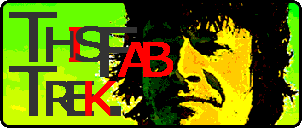
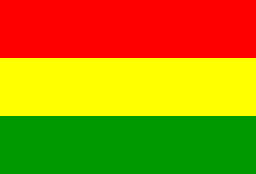
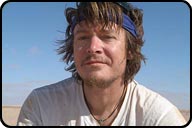
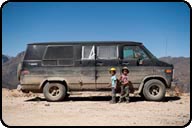


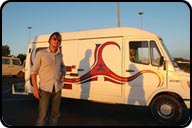
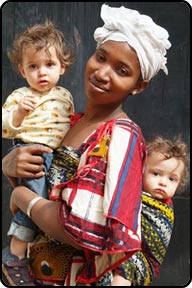
 contains Festival/Fiesta/Art photography.
contains Festival/Fiesta/Art photography.
